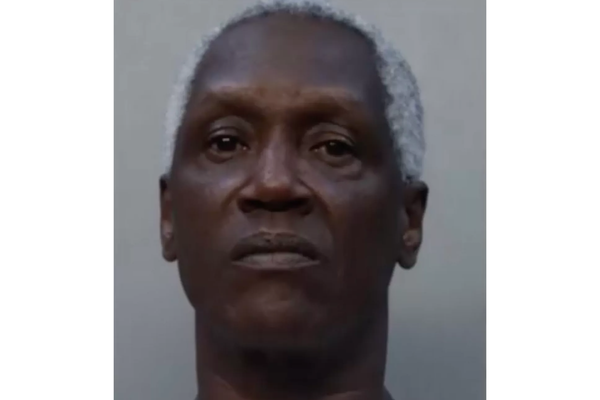
Japan's nuclear watchdog on Wednesday formally disqualified a reactor in the country's north-central region for a restart, the first rejection under safety standards that were reinforced after the 2011 Fukushima disaster. The decision is a setback for Japan as it seeks to accelerate reactor restarts to maximize nuclear power.
The Nuclear Regulation Authority at a regular meeting Wednesday announced the Tsuruga No. 2 reactor is “unfit” as its operator failed to address safety risks stemming from possible active faults underneath it.
Tsuruga No. 2, operated by the Japan Atomic Power Co., is the first reactor to be rejected under the safety standards adopted in 2013 based on lessons from the 2011 Fukushima Daiichi meltdown disaster following a massive earthquake and tsunami.
“We reached our conclusion based on a very strict examination,” NRA chairperson Shinsuke Yamanaka told reporters.
The verdict comes after more than eight years of safety reviews that were repeatedly disrupted by data coverups and mistakes by the operator, Yamanaka said. He called the case “abnormal” and urged the utility to take the result seriously.
The decision is a blow to Japan Atomic Power because it virtually ends its hopes for a restart. The operator, which is decommissioning its other reactor, Tsuruga No. 1, had hoped to put No. 2 back online, but it would require an examination of dozens of faults around the reactor to prove their safety.
An NRA safety panel concluded three months ago there's no evidence denying the possibility of active faults about 300 meters (330 yards) north of the No. 2 reactor stretching to right underneath the facility, meaning the reactor cannot be operated.
Japan’s government in 2022 adopted a plan to maximize the use of nuclear energy, pushing to accelerate reactor restarts to secure a stable energy supply and meet its pledge to reach carbon neutrality by 2050.
Concern about the government’s revived push for nuclear energy grew after a magnitude 7.5 earthquake hit Japan’s Noto Peninsula on Jan. 1, 2024, killing more than 400 people and damaging more than 100,000 structures. The quake caused minor damage to two nearby nuclear facilities, and evacuation plans for the region were found to be inadequate.
Building key nuclear facilities, such as reactors, directly above active faults is prohibited in earthquake-prone Japan.
Yamanaka said the NRA is not immediately ordering a decommissioning because the reactor, which is offline and its spent fuel safely cooled, will not pose a major threat if active faults move.
If the utility decides to reapply, it must address not only the faults issue but it also must implement adequate safety measures for the entire plant, Yamanaka said. Providing scientific proof of the status of faults underneath key nuclear facilities is difficult, but other operators that obtained restart permits all cleared the requirement, he noted.
The Tsuruga No. 2 reactor first started commercial operation in February 1987 and has been offline since May 2011. The operator denied the NRA panel's 2013 on-site inspection results, which concluded that the faults under the No. 2 reactor were active, and it applied for a restart in 2015.







